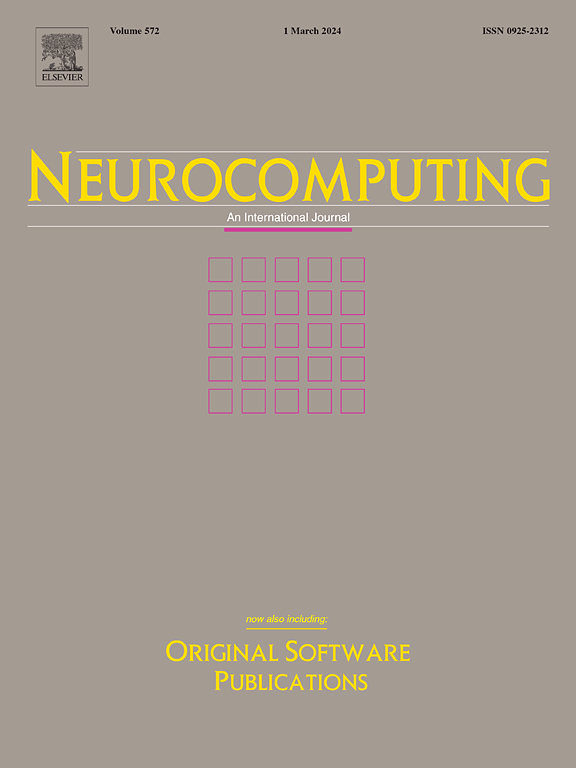DRL for handover in 6G-vehicular networks: A survey
IF 5.5
2区 计算机科学
Q1 COMPUTER SCIENCE, ARTIFICIAL INTELLIGENCE
引用次数: 0
Abstract
3GPP is working on technology improvements related to sixth-generation (6G) wireless communication networks to keep pace. 6G networks are being developed as the next phase forward. Compared to their predecessor wireless technologies, 6G networks are predicted to offer better coverage and flexibility by supporting higher throughput, faster velocities, lower latency, and higher capacity. 6G targets the health, education, industry, and transport sectors. The transport field is undergoing rapid change. 6G and artificial intelligence (AI) will have an essential impact in this area, bringing users new services and functionalities. Within this field, the handover (HO) mechanism remains a concern that researchers must consider for achieving excellent communication quality since HO technology is crucial for ensuring seamless connectivity during user transfers between cells. Numerous proposed Machine Learning (ML) approaches, including Deep Reinforcement Learning (DRL), were discussed to solve HO issues. Recently, DRL methods have garnered significant interest in prospective wireless networks. They can surmount the escalating obstacles of the wireless environment and the constraints of conventional approaches. Moreover, DRL is crucial in wireless networks because of its capability to overcome the specific threats and dynamic nature of wireless settings. Elaborating on a comprehensive survey of these approaches related to HO and DRL can provide a unified analysis of the current advancements. This overview will help to improve understanding of this topic. This survey provides an overview of requirements and usage scenarios for 6G. It highlights the impact of this new wireless technology on the transportation field or the Vehicle-to-everything (V2X). In addition, we provide a deep study of HO management in 6G networks and elaborate on the various DRL literature solutions for HO in mobile and vehicular networks.
基于DRL的6g车辆网络切换研究
3GPP正致力于第六代(6G)无线通信网络相关的技术改进,以跟上步伐。6G网络是下一阶段的发展。与之前的无线技术相比,6G网络通过支持更高的吞吐量、更快的速度、更低的延迟和更高的容量,预计将提供更好的覆盖范围和灵活性。6G的目标是卫生、教育、工业和运输部门。运输领域正经历着快速的变化。6G和人工智能(AI)将在这一领域产生重要影响,为用户带来新的服务和功能。在该领域中,切换(HO)机制仍然是研究人员必须考虑的问题,因为HO技术对于确保用户在细胞之间传输时的无缝连接至关重要。讨论了许多提出的机器学习(ML)方法,包括深度强化学习(DRL),以解决HO问题。最近,DRL方法在未来的无线网络中引起了极大的兴趣。它们可以克服无线环境中不断升级的障碍和传统方法的限制。此外,DRL在无线网络中至关重要,因为它能够克服无线设置的特定威胁和动态特性。详细阐述与HO和DRL相关的这些方法的综合调查可以提供对当前进展的统一分析。这个概述将有助于加深对这个主题的理解。本调查概述了6G的需求和使用场景。它强调了这种新的无线技术对交通领域或车联网(V2X)的影响。此外,我们对6G网络中的HO管理进行了深入研究,并详细阐述了移动和车载网络中HO的各种DRL文献解决方案。
本文章由计算机程序翻译,如有差异,请以英文原文为准。
求助全文
约1分钟内获得全文
求助全文
来源期刊

Neurocomputing
工程技术-计算机:人工智能
CiteScore
13.10
自引率
10.00%
发文量
1382
审稿时长
70 days
期刊介绍:
Neurocomputing publishes articles describing recent fundamental contributions in the field of neurocomputing. Neurocomputing theory, practice and applications are the essential topics being covered.
 求助内容:
求助内容: 应助结果提醒方式:
应助结果提醒方式:


